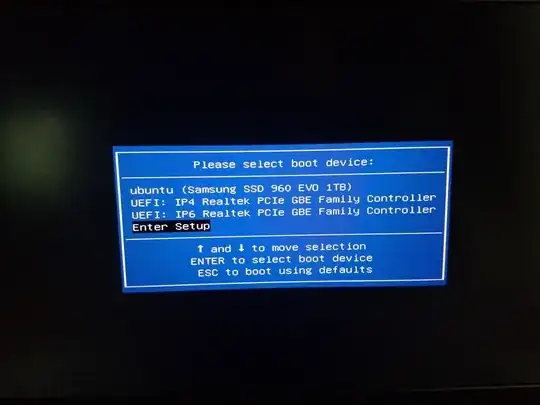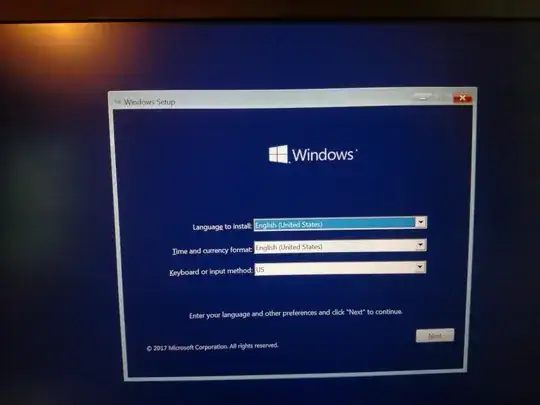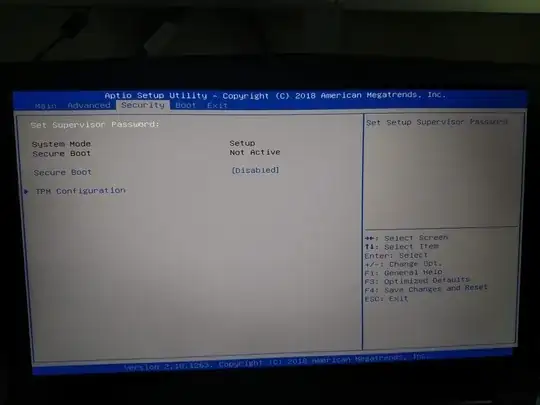Putting an ISO on a USB stick will not make the USB stick bootable. That's your first problem.
You'll need to make a USB installer disk, and there are several ways to do so. An answer on this question recommends Rufus. Microsoft makes a tool to take your Windows ISO and make a bootable drive.
After you make a bootable USB stick, then you may need to worry about SecureBoot. HowToGeek has an article walking you through booting USB with SecureBoot enabled.
From the article:
New Windows PCs come with UEFI firmware and Secure Boot enabled.
Secure Boot prevents operating systems from booting unless they’re
signed by a key loaded into UEFI — out of the box, only
Microsoft-signed software can boot.
Microsoft mandates that PC vendors allow users to disable Secure Boot,
so you can disable Secure Boot or add your own custom key to get
around this limitation. Secure Boot can’t be disabled on ARM devices
running Windows RT.
How Secure Boot Works
RELATED: How Secure Boot Works on Windows 8 and 10, and What It Means
for Linux
PCs that come with Windows 8 and Windows 8.1 include UEFI firmware
instead of the traditional BIOS. By default, the machine’s UEFI
firmware will only boot boot loaders signed by a key embedded in the
UEFI firmware. This feature is known as “Secure Boot” or “Trusted
Boot.” On traditional PCs without this security feature, a rootkit
could install itself and become the boot loader. The computer’s BIOS
would then load the rootkit at boot time, which would boot and load
Windows, hiding itself from the operating system and embedding itself
at a deep level.
Secure Boot blocks this — the computer will only boot trusted
software, so malicious boot loaders won’t be able to infect the
system.
On an Intel x86 PC (not ARM PCs), you have control over Secure Boot.
You can choose to disable it or even add your own signing key.
Organizations could use their own keys to ensure only approved Linux
operating systems could boot, for example.
Options for Installing Linux
You have several options for installing Linux on a PC with Secure
Boot:
Choose a Linux Distribution That Supports Secure Boot: Modern versions of
Ubuntu — starting with Ubuntu 12.04.2 LTS and 12.10 — will
boot and install normally on most PCs with Secure Boot enabled. This
is because Ubuntu’s first-stage EFI boot loader is signed by
Microsoft. However, a Ubuntu developer notes that Ubuntu’s boot loader
isn’t signed with a key that’s required by Microsoft’s certification
process, but simply a key Microsoft says is “recommended.” This means
that Ubuntu may not boot on all UEFI PCs. Users may have to disable
Secure Boot to to use Ubuntu on some PCs.
Disable Secure Boot: Secure Boot can be disabled, which will exchange its security benefits for the ability to have your PC boot
anything, just as older PCs with the traditional BIOS do. This is also
necessary if you want to install an older version of Windows that
wasn’t developed with Secure Boot in mind, such as Windows 7.
Add a Signing Key to the UEFI Firmware: Some Linux distributions may sign their boot loaders with their own key, which you can add to
your UEFI firmware. This doesn’t seem to be a common at the moment.
You should check to see which process your Linux distribution of
choice recommends. If you need to boot an older Linux distribution
that doesn’t provide any information about this, you’ll just need to
disable Secure Boot.
You should be able to install current versions of Ubuntu — either the
LTS release or the latest release — without any trouble on most new
PCs. See the last section for instructions on booting from a removable
device.







